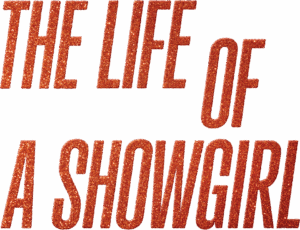When Emily in Paris first aired on Netflix in October of 2020, the series sparked wide controversy across the internet. The show revolves around a Chicago business executive (Emily Cooper played by Lily Collins) who is hired at a marketing firm based in Paris.
Many French viewers took offense to the TV series since it portrayed themselves through inaccurate and offensive stereotypes. One reviewer claims that “No cliché is spared, not even the weakest”, and “the French are described as arrogant, dirty, lazy, mean, bitter”. The second season of the show was recently aired last month in December of 2021, and the new episodes carried similar negative sentiments. In the fourth episode, Emily meets Petra, a Ukrainian student in her French-language class who has strange behaviors and a habit of frequent shoplifting. Again, Petra’s character is merely a culmination of inappropriate stereotypes. Oleksandr Tkachenko, Ukraine’s culture minister, states “we have a caricature image of a Ukrainian woman that is unacceptable. It is also insulting.” It seems as if the mistakes from the first season are making an ugly reappearance in the second season.
Despite these negative reviews, many people can’t stop watching. Comedian Phillip Henry tweeted a two-sentence summary that effectively summarizes the love-hate dynamic that particularly resonates with me: “1) Emily In Paris is one of the worst shows I’ve ever seen. 2) I finished it in one sitting”. With an overly enthusiastic protagonist who is ignorant of her mistakes and can’t comprehend a single phrase of French (yet is living in Paris), Emily’s character is extremely overdone and easily dislikeable. However, I still managed to finish both seasons within a single week. I think that the lack of heavy conflict is what drew me- and many others- to become addicted to the series. Living amid a world that has real consequences, the almost utopian-like setting of Emily in Paris is extremely light and refreshing in contrast. As a marketing executive who is always styled in glamorous outfits and perfect curls, the biggest of Emily’s problems are stepping in dog poop and having a broken shower. Even her love triangle in season two is completely romanticized. Watching this show is the closest you can get to emptying your brain of all its worries and forgetting every problem you have in real life.
While binging Emily in Paris, I found the series to draw odd parallels with Jessie, an old but popular Disney show mostly aimed at kids and young teens. This sitcom made its debut in 2011, centering around a nanny who takes care of four kids in New York City. Although the family is extremely wealthy, with the mother being a supermodel and the father being a famous movie director, both parents are absent in their children’s lives. With a young target audience, the show is understandably light, but its perpetual use of racial stereotypes doesn’t have the same leeway. For example, Zuri was portrayed as a sassy black girl. Ravi had a thick Indian accent (despite being adopted by an American family as an infant). Not to mention, he was characterized as a nerd who wore traditional Indian clothing and had a pet reptile. The two other siblings, Luke and Emma, also fit into their stereotypical roles as white teenagers- one a jock, the following dumb and boy crazy.
Although both Emily in Paris and Jessie have been developed as feel-good comedy shows, the consequences of their racial stereotypes are not to be taken lightly.









